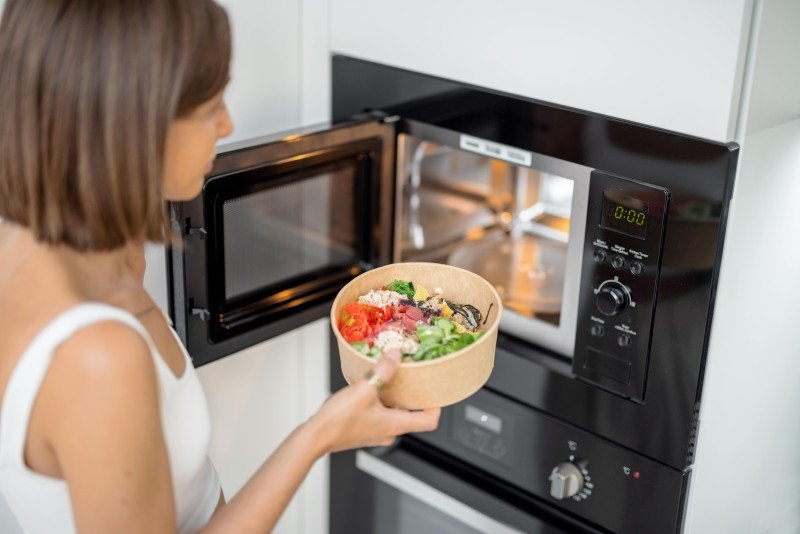Understanding Oven Hobs: The Heart of Culinary Crafting
In the world of modern-day kitchen areas, the oven hob sticks out as an indispensable device. Not just is it a central element for preparing a variety of meals, however it likewise affects kitchen looks, functionality, and effectiveness. This post explores the kinds of oven hobs, their features, advantages, and maintenance tips. Additionally, it resolves some frequently asked concerns to provide a thorough understanding of this essential kitchen appliance.
Types of Oven Hobs
Oven hobs can be categorized into several types based upon their energy source and style. Comprehending these variations can assist consumers make informed choices when choosing the ideal hob for their kitchen needs.
1. Gas Hobs
Gas hobs utilize natural gas or propane as fuel, offering accurate temperature control and instant heat. They are preferred by many chefs for their ability to provide visual feedback through flame.
Pros:
- Quick heat-up time.
- Exact temperature level changes.
- Compatible with all types of cookware.
Cons:
- Requires a continuous gas supply.
- Safety concerns with open flames.
- Needs more upkeep.
2. Electric Hobs
Electric hobs are powered by electricity and function smooth glass or ceramic surfaces. They typically come in two types: coil and solid.
Pros:
- Sleek look.
- No open flames, reducing safety threats.
- Easy to clean.
Cons:
- Slower to warm up and cool down.
- May need specific pots and pans (induction).
- Some may have irregular heat distribution.
3. Induction Hobs
Induction hobs utilize electro-magnetic energy to straight heat pots and pans. They just work with ferromagnetic cookware.
Pros:
- Very energy-efficient.
- Quick cooling and heating times.
- Safe, as the surface area stays relatively cool.
Cons:
- Limited to particular types of cookware.
- Higher initial cost.
- Can produce noise when in use.
4. Strong Plate Hobs
These electric hobs include strong metal plates that warm up and maintain heat for cooking.
Pros:
- Durable and trustworthy.
- Straightforward operation.
Cons:
- Takes time to warm up.
- Less effective than induction and gas designs.
| Hob Type | Heat Source | Aesthetics | Upkeep |
|---|---|---|---|
| Gas Hobs | Gas | Traditional | Moderate |
| Electric Hobs | Electrical power | Modern/Sleek | Low |
| Induction Hobs | Electro-magnetic | Contemporary | Low |
| Solid Plate Hobs | Electrical power | Traditional | Typical |
Features to Consider When Choosing an Oven Hob
When picking the perfect oven hob for your kitchen, there are a number of necessary functions to take into consideration. These consist of:
- Size: Ensure the hob fits the designated area in your kitchen.
- Number of Burners: Consider your cooking design and how numerous burners you'll need.
- Control Type: Look for easy to use controls, whether touch-sensitive or knobs.
- Safety Features: Many modern hobs include security measures like flame failure gadgets or child locks.
- Energy Efficiency: Choose energy-efficient designs to minimize energy expenses and reduce your environmental effect.
Advantages of Using an Oven Hob
The oven hob offers a number of advantages that accommodate both amateur cooks and professional chefs. Here are some key advantages:
- Versatility: Whether boiling, frying, simmering, or sautéing, an oven hob accommodates various cooking techniques.
- Convenience: Many hobs included extra functions like timers and automatic shut-off systems for included benefit in hectic kitchens.
- Boosted Cooking Control: The instant heat responses of gas and induction hobs enable much better control over cooking temperature levels.
- Style Enhancement: Modern hobs can boost the general visual of a kitchen, including a contemporary touch.
Maintenance Tips for an Oven Hob
To guarantee the longevity and performance of an oven hob, appropriate maintenance is crucial. Here are some maintenance suggestions:
Regular Cleaning:
- Use a soft fabric and mild detergent to tidy surfaces after each usage.
- For induction and ceramic hobs, prevent abrasive cleaners to prevent scratching.
Look for Wear and Tear:
- Inspect rubber seals and connections in gas hobs frequently for any damages or leaks.
- Make sure electrical connections are secure in electric hobs.
Expert Servicing:
- Schedule periodic upkeep checks with a qualified specialist to avoid major problems.
The oven hob is a crucial part in any kitchen, functioning as a centerpiece for culinary ventures. Whether selecting gas, electric, or induction, understanding the various types, functions, and upkeep requirements is essential for making an educated choice. A well-chosen hob not only improves cooking efficiency but also enhances the general kitchen experience.
Regularly Asked Questions (FAQs)
1. What Fan Ovens For Sale of hob is best for a newbie?
Electric hobs are often favored by novices due to their ease of usage and maintenance.
2. Can I utilize all pots and pans on an induction hob?
No, induction hobs need ferromagnetic cookware for them to work properly.
3. How do I know if my gas hob is working effectively?
Frequently look for even flame distribution and listen for any hissing sounds that may suggest leaks. If in doubt, consult an expert.
4. Is a higher cost constantly better for hobs?
Not always. While higher-priced models might use advanced functions, several mid-range products supply excellent performance and longevity.
5. Can I set up a hob myself?
It is advisable to work with an expert, especially for gas hobs, due to safety issues and regional regulations.
By comprehending the nuances of oven hobs, home cooks can make a knowledgeable choice that lines up with their culinary ambitions and kitchen styles. Choosing the best hob enhances both the cooking experience and kitchen visual appeals, making it a key financial investment for any home.

